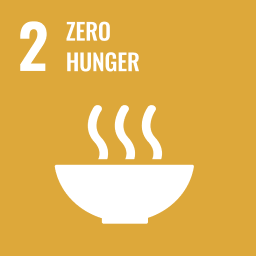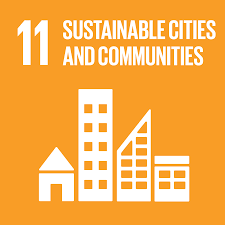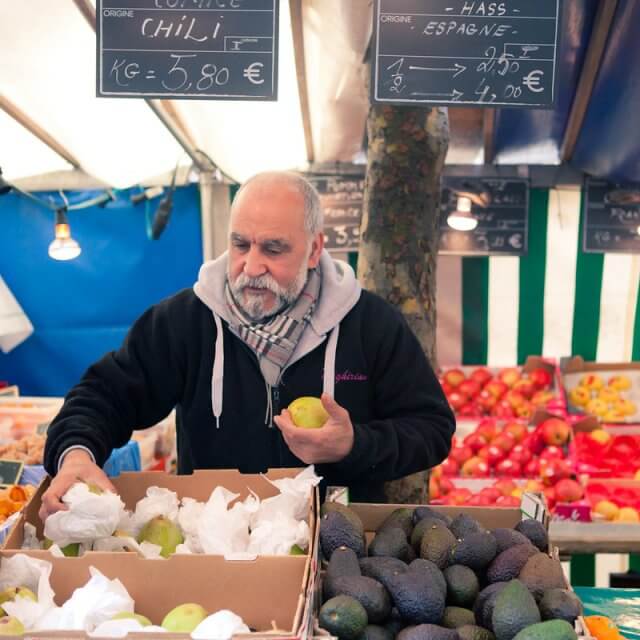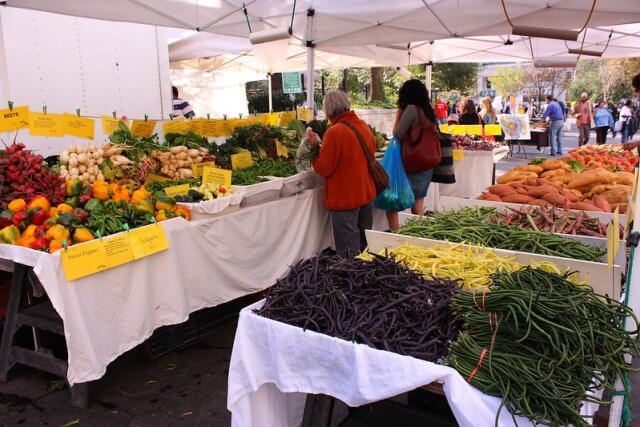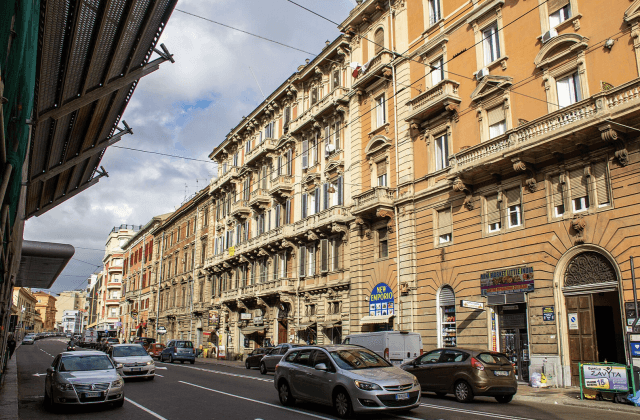The action and its aims
Across Mexico City, 488 Community Dining Rooms serve nutritious meals at stable, subsidised prices (MXN10, around USD.50). The dining rooms are open to everyone. The aim is to ensure that everyone has access to healthy food, regardless of income or social situation, to improve food culture, and to promote social cohesion and citizen participation.
When it was introduced
The initiative began in 2009. In the early years there were 160 dining rooms in the city, but by 2017 there were 466, serving at least 65,600 meals each day. In 2013 the programme was incorporated under the larger policy on Equality and Social Inclusion for Human Development (2013-2018).
Why it was needed
The action was taken because the global financial crisis of 2008 had a significant impact on incomes in Mexico City, plunging many people into poverty and making it hard for them to afford to eat healthily.
Who initiated it, who is involved
While the Community Dining Rooms initiative was set up by the Mexico City Government, which provides the subsidies (around MXN14 per meal), they operate under a co-responsibility arrangement. The local government’s Secretariat for Social Development provides non-perishable food, as well as technical and administrative support. Several other local government departments are involved in the Community Dining Room Evaluation Committee, which checks that the dining rooms stick to guidelines on quality, healthy food, and hygiene practices. Social or civil society organisations or groups of citizens operate the dining rooms on a day-to-day basis; vulnerable citizens (such as elderly, disabled, and domestic violence victims) are prioritised for jobs. Private companies donate food and maintenance services.
Impacts to date
The Community Dining Rooms programme, along with other food security programmes, has contributed to a reduction in food insecurity in the population of Mexico City – from 15.6% of the population in 2010 to 5.6% in 2015. The presence of a dining room in an area of the city reduces incidence of hunger by 30%.
More information: Similar subsidised community dining programmes have been introduced in Bogota, Colombia, Belo Horizonte, Brazil and Curitiba, Brazil (See ‘Further reading’).

